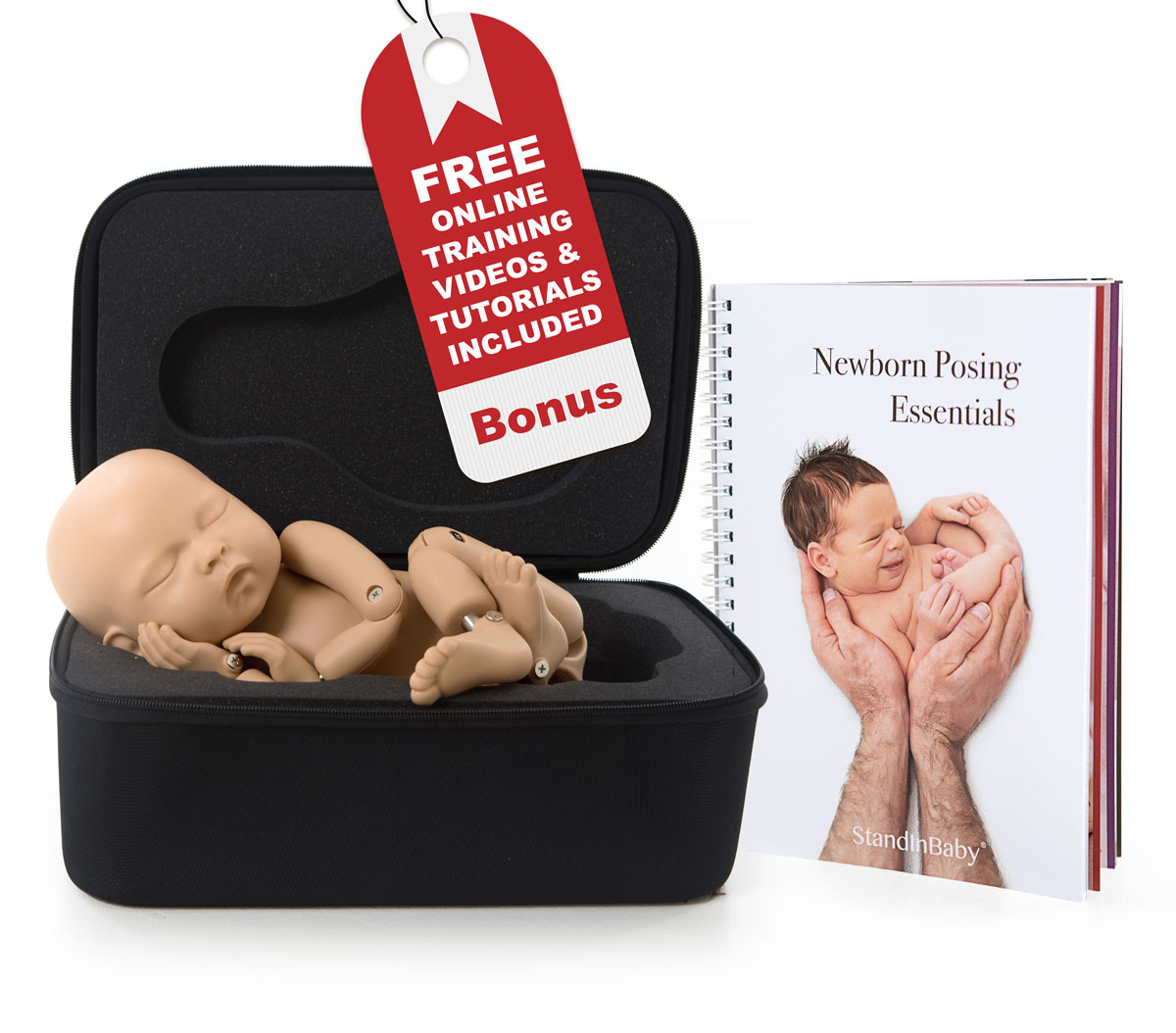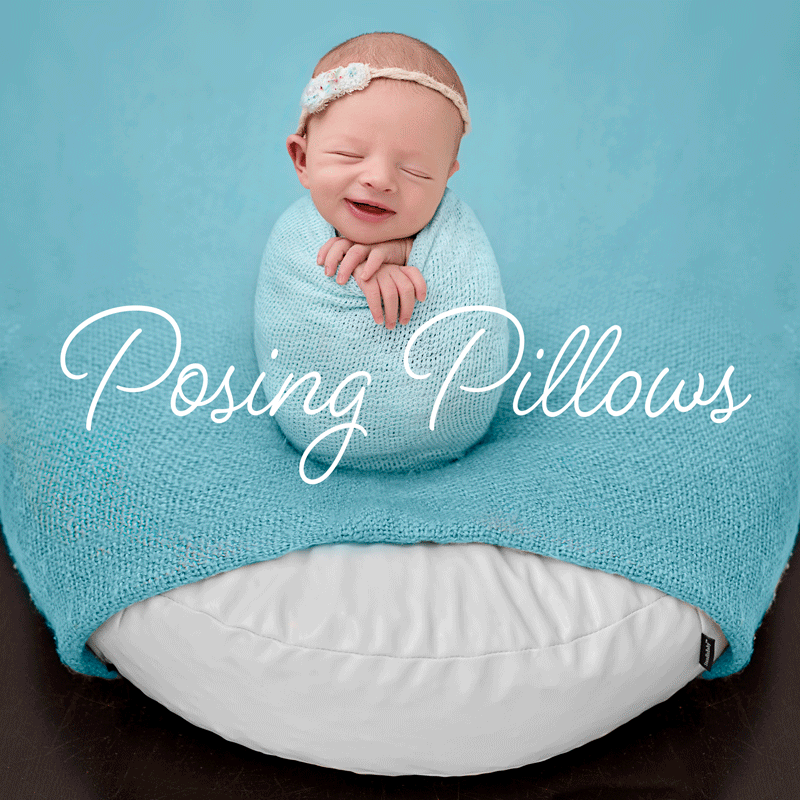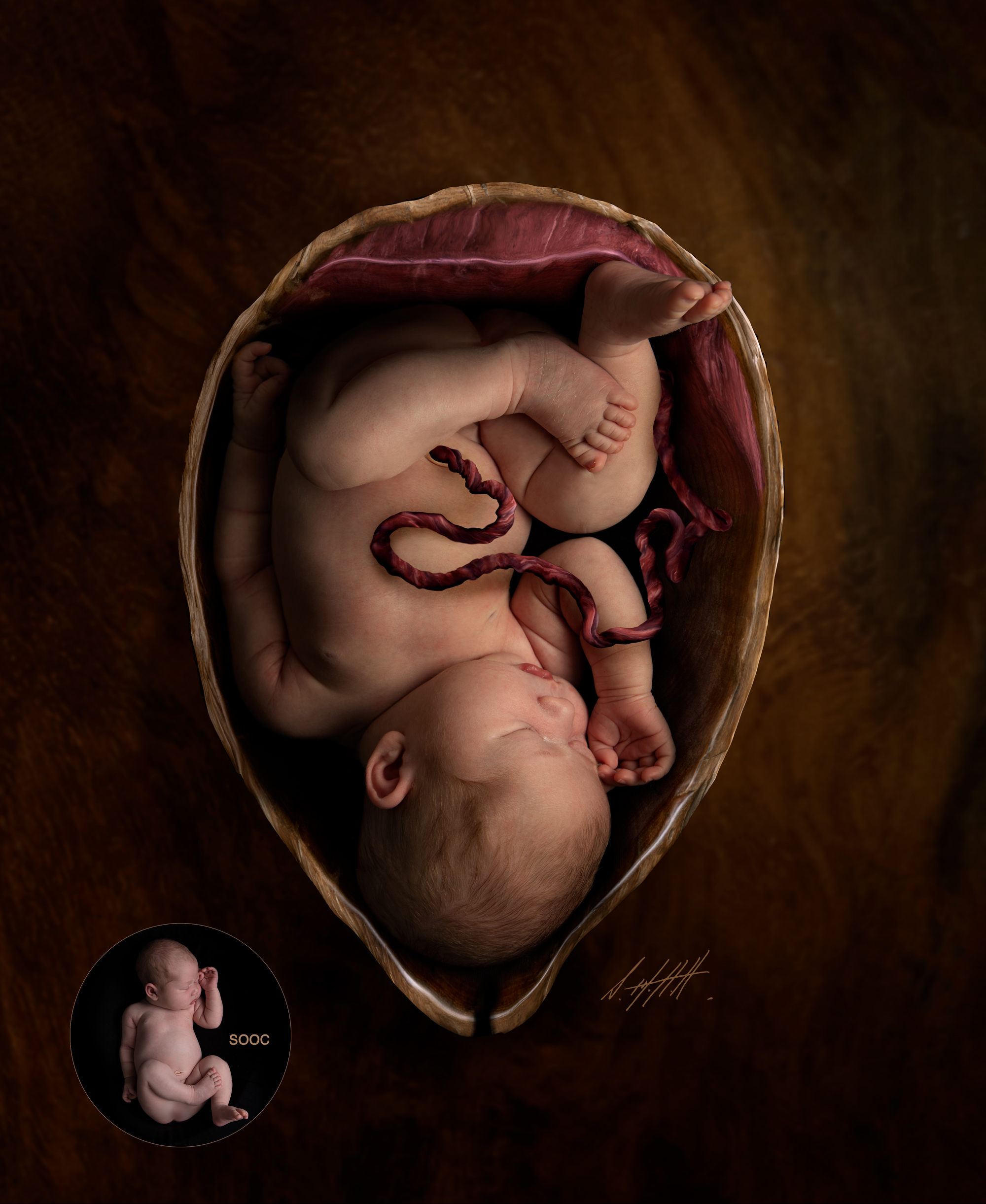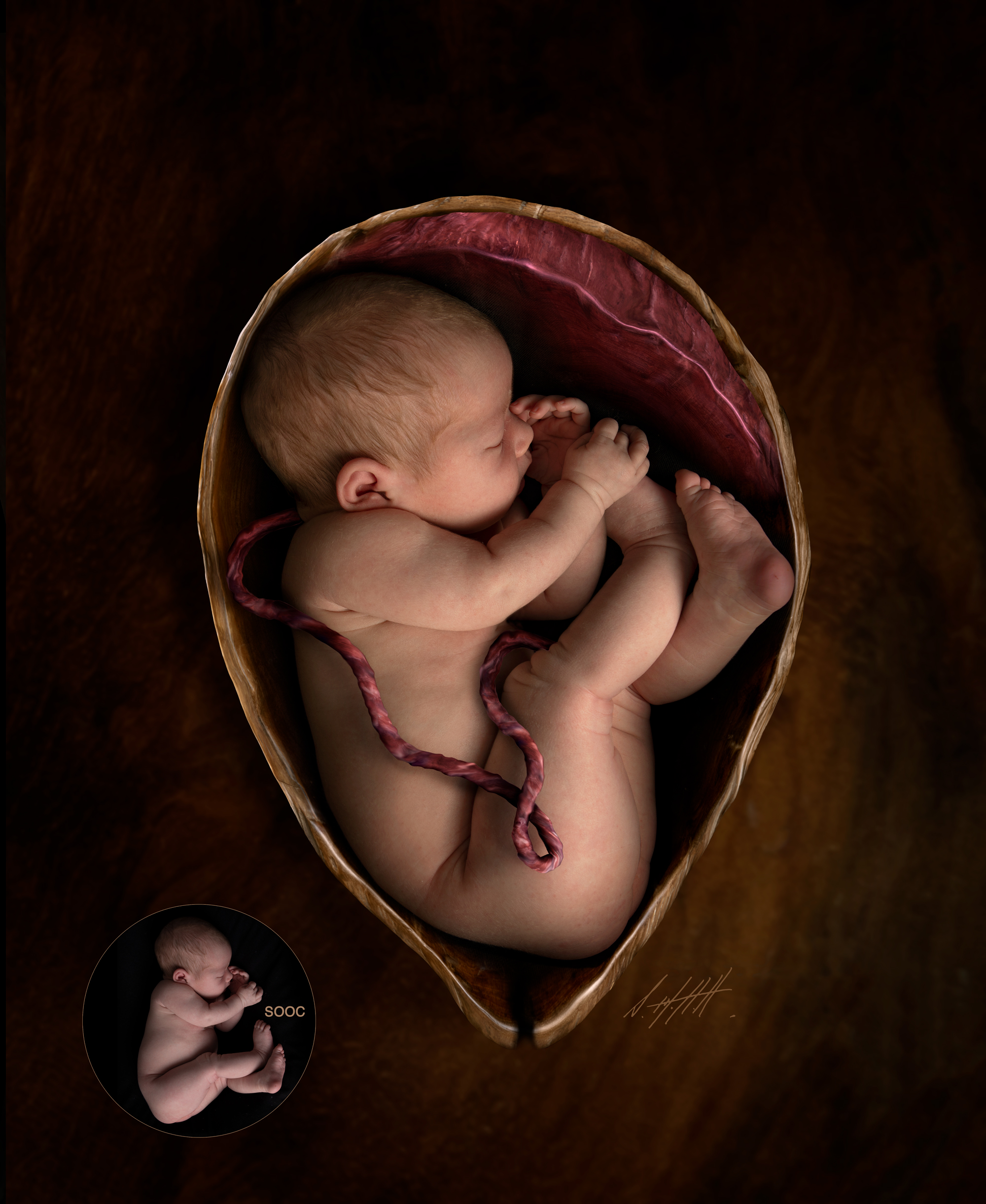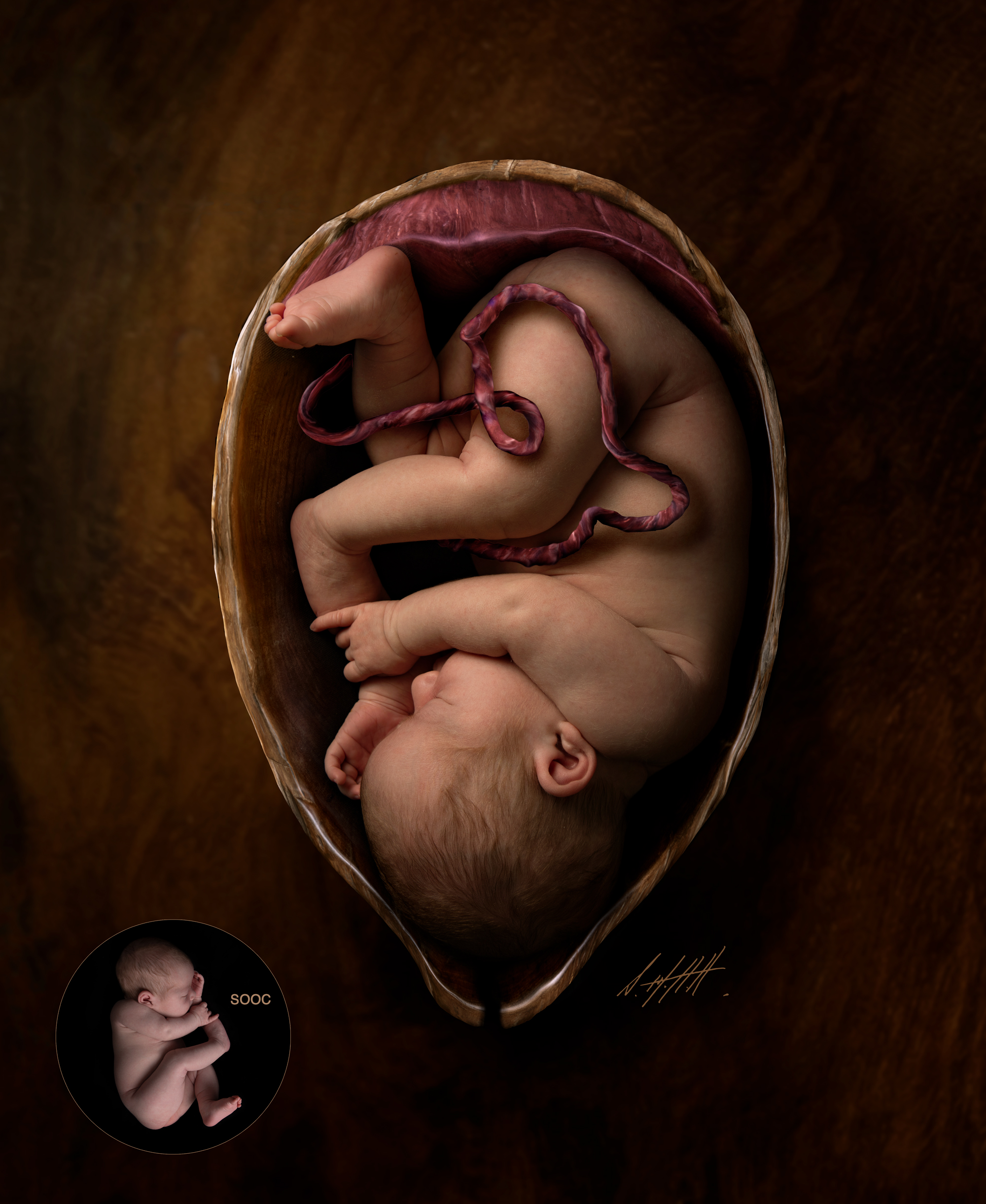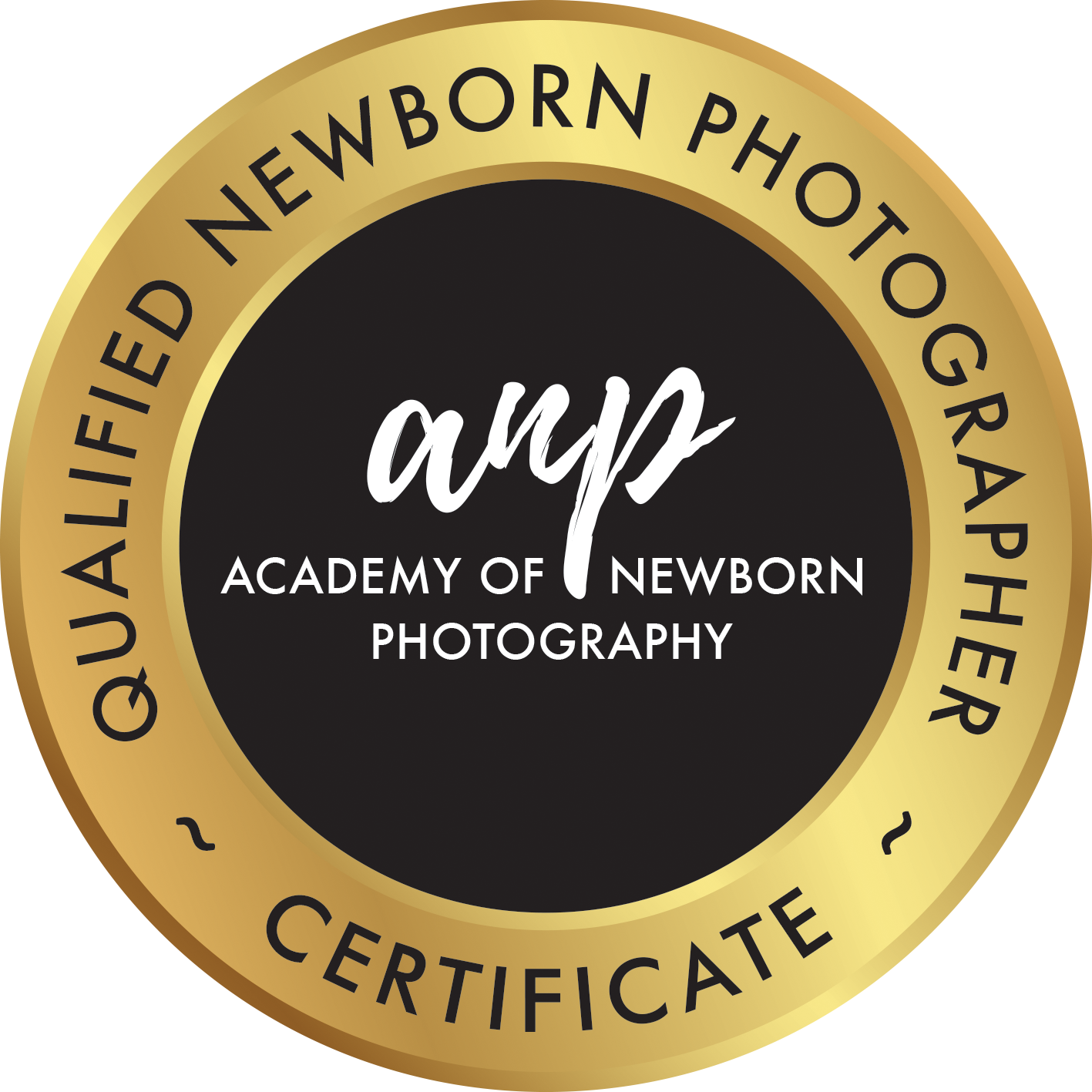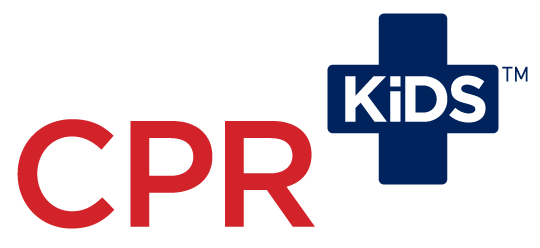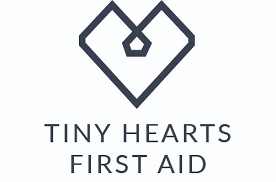Womb Differences
The differences between inside and outside the womb
A guide for Photographers to enable safer posing.
There are fundamental differences between pre and post birth.
We hear photographers say all the time that babies are curled up more in the womb and how flexible they are, but what they are forgetting, is they also have a placenta providing them with an oxygenated blood supply, lungs that have never been filled with air, a temperature controlled space, with antibodies from the mother and they survive in a weightless liquid environment. But this all changes once they are born, which is something we should all take into account especially when posing or positioning a baby. Below is a list of some of the fundamental difference.
No Pressure!
In the womb babies live in a weightless, liquid environment that supports the full weight of their bodies and are aided by the placenta that provides the baby with oxygen rich blood. Once born the weight of their head or body on their limbs can cause inadequate blood flow resulting in too little oxygen being delivered to that area, a condition known as hypoxia. After three minutes of oxygen deprivation, cells begin to die, releasing cytokines, and causing a ripple effect of damage spreading out from the area where blood flow was severed.
During your photography session, observe the baby for signs that indicate there is too much weight or pressure on the upper or lower extremities. Be mindful of arms, hands, legs or feet that go blue, pale or red, which could be an indication of poor blood circulation.
No Sweat!
Babies do NOT sweat in the womb. They live in a liquid, temperature controlled environment. Once born they are unable to properly regulate their body temperature so it’s important to be mindful of overheating, which may cause the baby to become lethargic, falling into a deeper sleep to conserve energy and putting them at a higher risk for heatstroke and SIDS.
A photography studio does NOT need to be uncomfortably warm. During your Newborn session if you notice sweating, damp hair, hot skin, flushed or pale skin tone, rapid pulse, rapid breathing, sluggishness, non-responsiveness, or signs of dehydration. This baby needs urgent medical attention.
Breathe Easy!
In the womb babies receive oxygen from the placenta. Once born babies have to rely on their under-developed airways to breathe. These airways can be easily compromised or kinked due to the heavy weight of their heads, meaning they are now prone to positional asphyxiation.
Babies positioned with their chin resting on their chest (in any direction) for even brief periods of time may lead to hypoxia (oxygen deprivation/reduced oxygen saturation.)
Throughout your photography session be mindful of the baby’s colour and breathing at all times. If their lips start to turn blue or there is signs that they are struggling to breathe ie. constant bobbing or repositioning of the head, gasping for air or labored breathing, or they become non-responsive seek urgent medical attention.
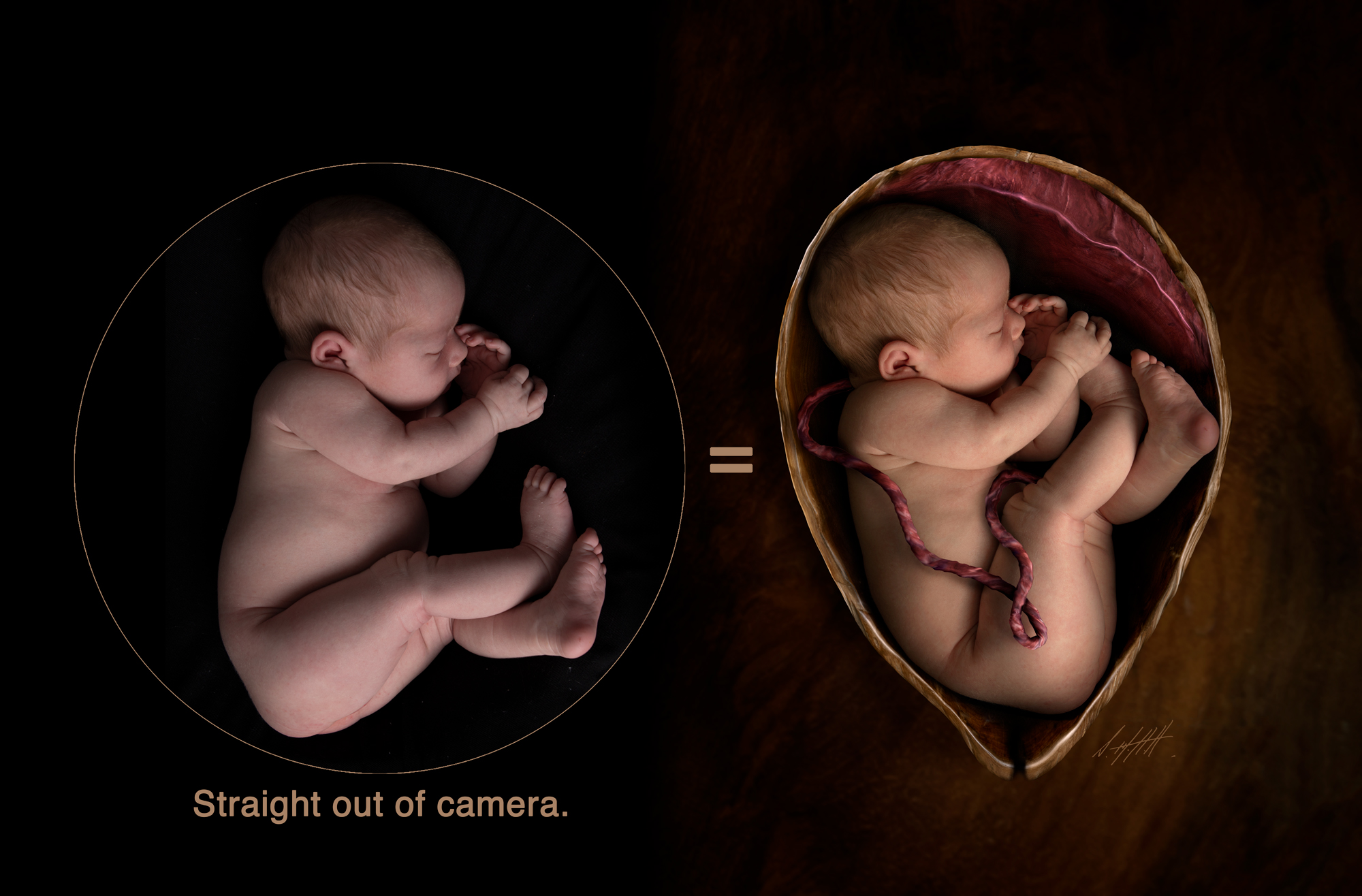
Editing for safety
Understanding editing is an important aspect of newborn photography as this is the only really safe way to position a baby into a curled up "womb" position. A baby should never be forced into a pose. If the baby begins to squirm/flex, cry or change its breathing pattern please rethink the position you are placing it in.
NOTE: When placed down, Willow (left) naturally positioned herself this way. Then in post production she was manipulated to look more curled up than she actually was to depict a more curled up womb position.
StandInBaby® is currently conducting a globel study on Oxygen Saturation during a newborn photography session.
Blood oxygen saturation is the percentage of haemoglobin carrying oxygen. It is accepted that healthy term infants breathing room air have oxygen saturation levels of 95% or greater, similar to adults. (The first number on the Oximeter is the baby's Oxygen Saturation. The second number is their heart rate.) The objective of this study is to better understand the health of babies during their newborn photography session.

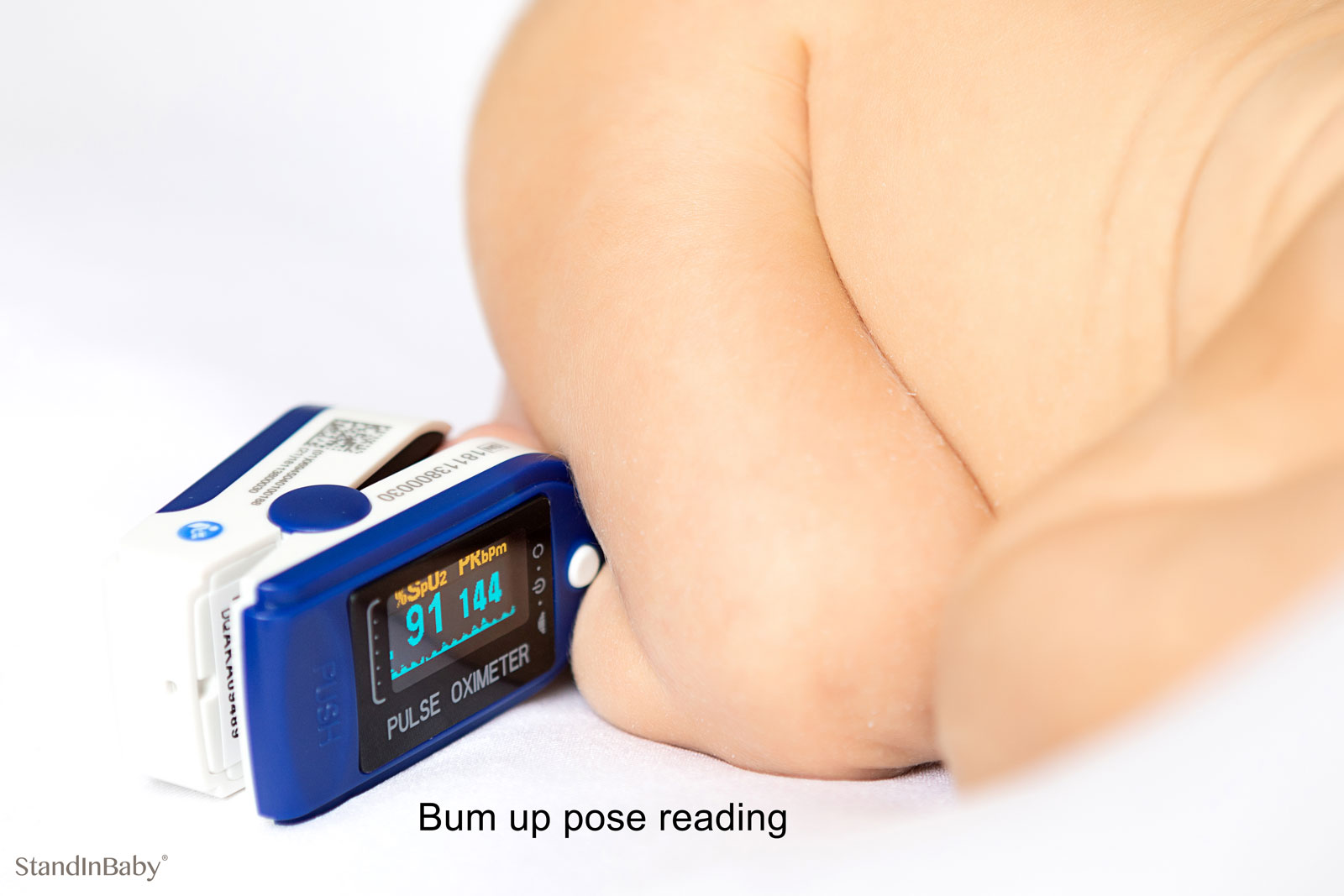
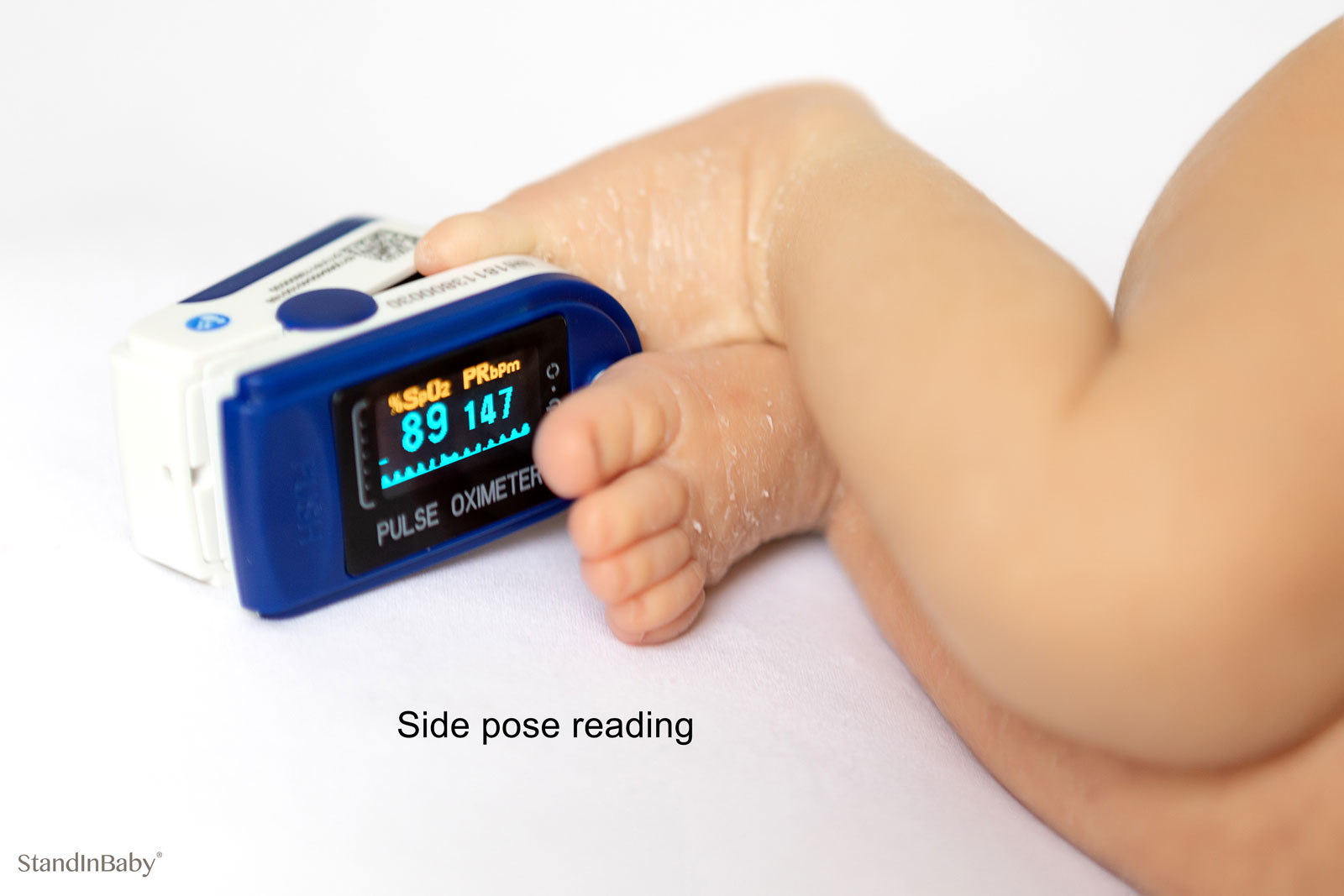
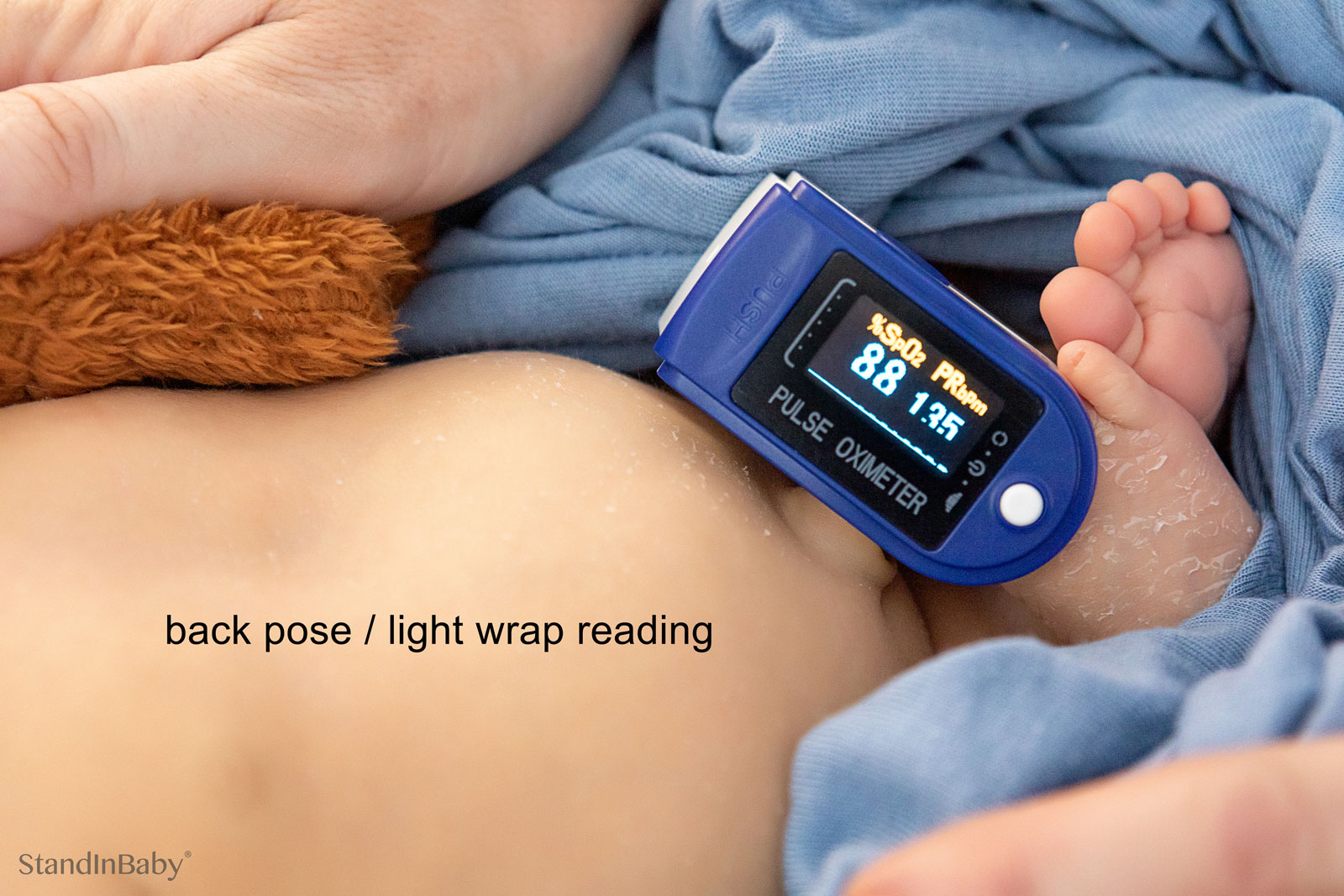
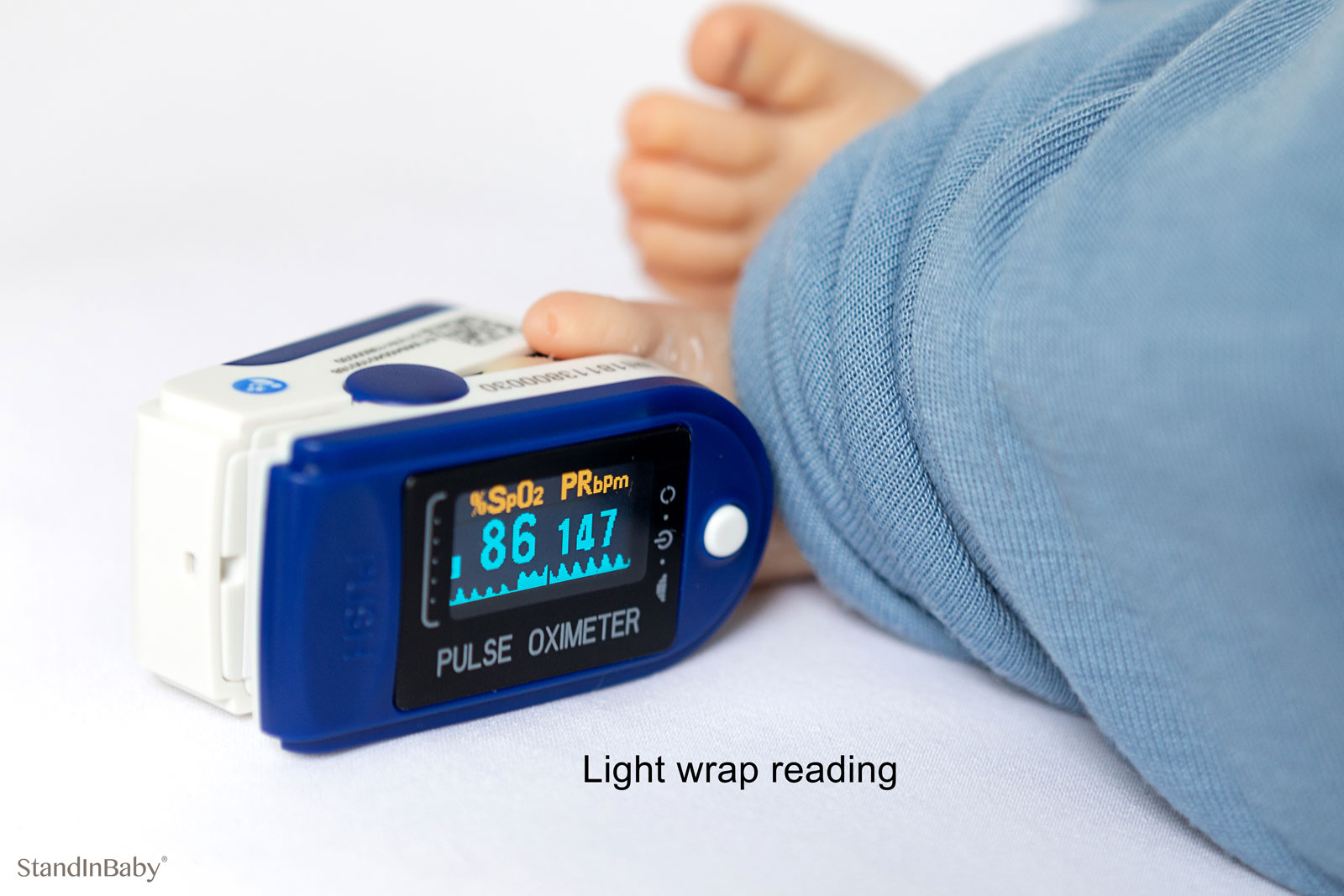
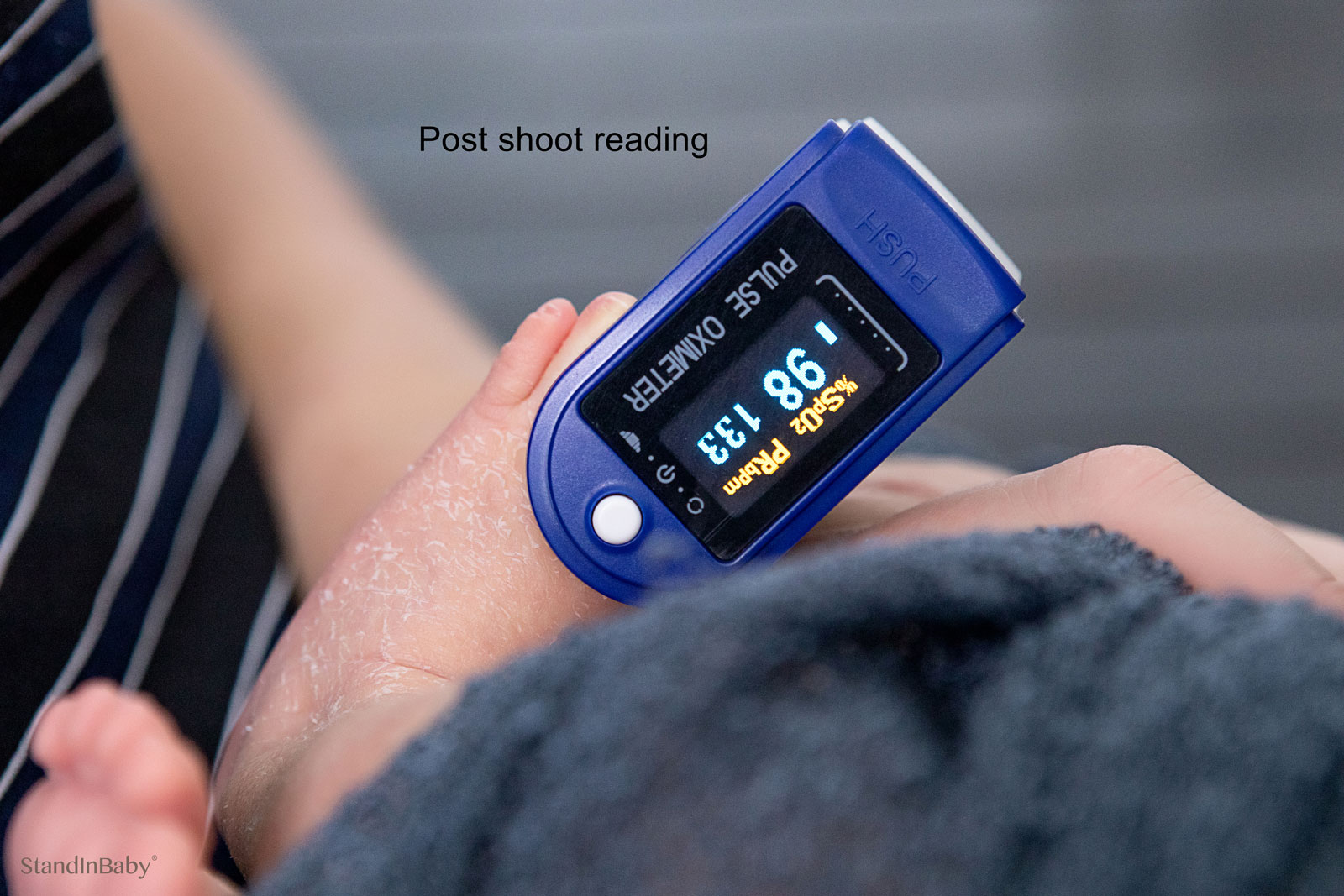
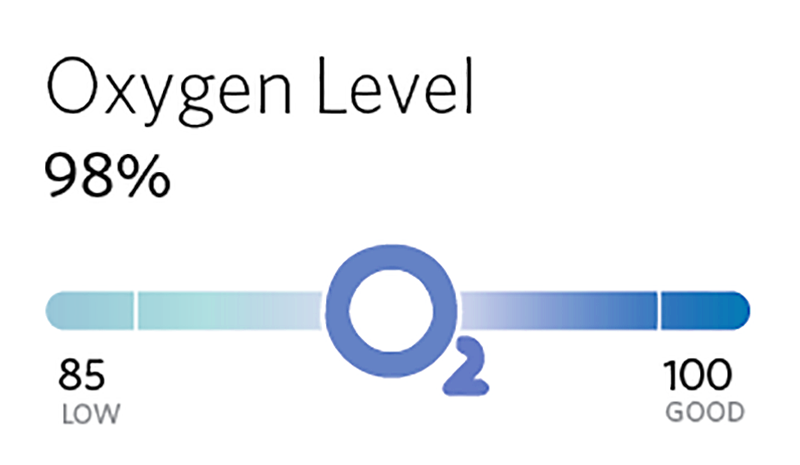
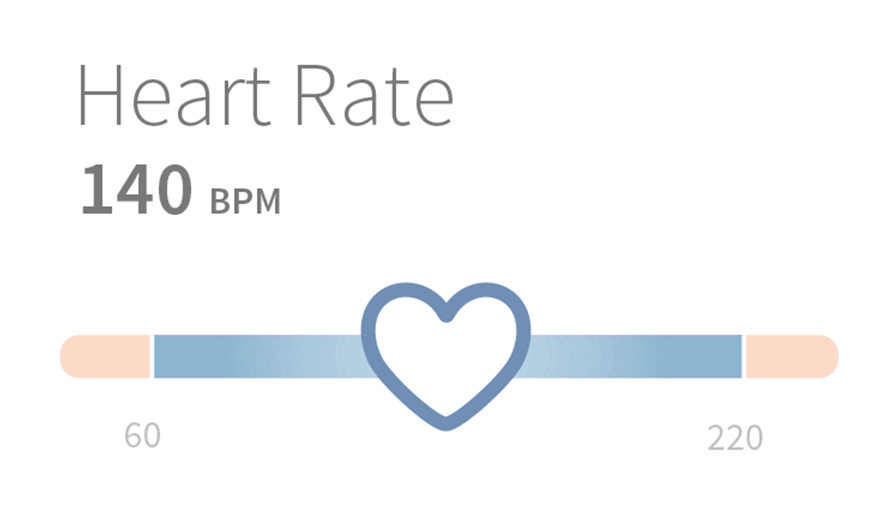
What is pulse oximetry?
Pulse oximetry (SpO2 monitoring) is found in that little red light the doctor clips onto your finger at the doctors office or hospital. It is a non-invasive technology used to both check and actively monitor a person's heart rate and oxygen levels (how much oxygen is in the blood stream). It simply shines a light through your skin, and then measures how much light was absorbed by your red blood cells, which differs based on how much oxygen is bound to those cells.
To be apart of this study please email Sandra@StandInBaby.com
Note: The photographers name/business, clients name and faces will not be published. But your support will be very appreciated.
Optimise your studio workflow

